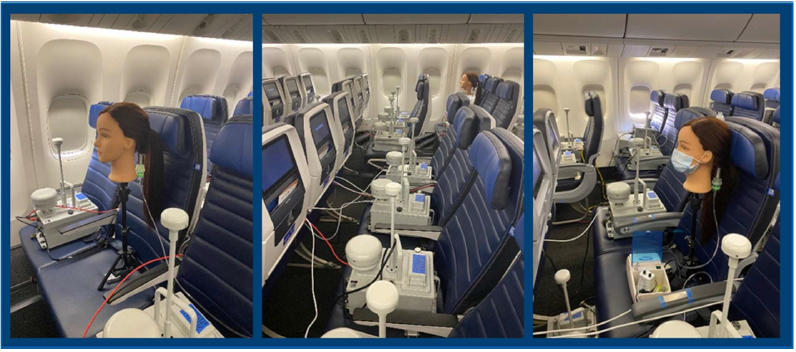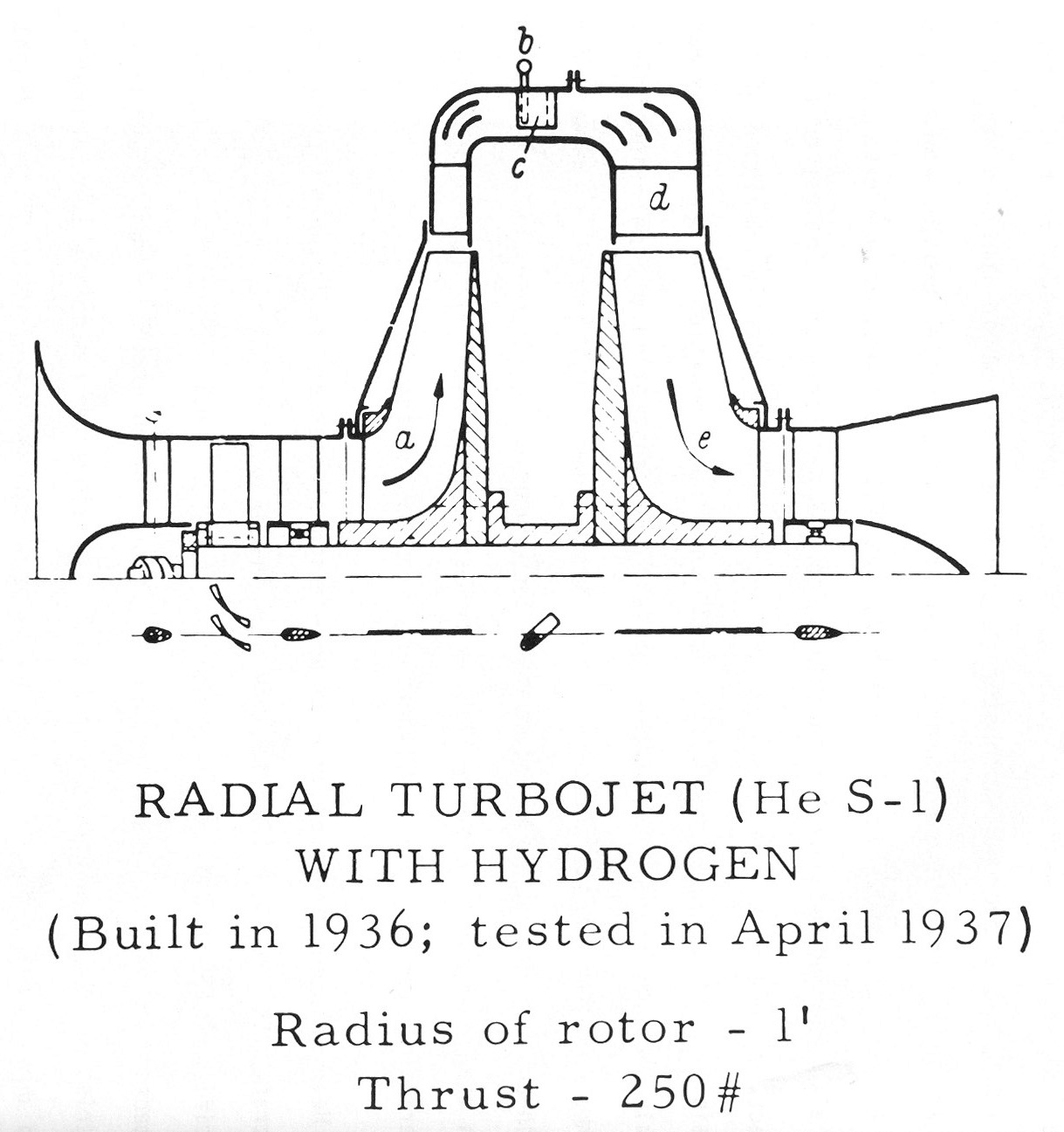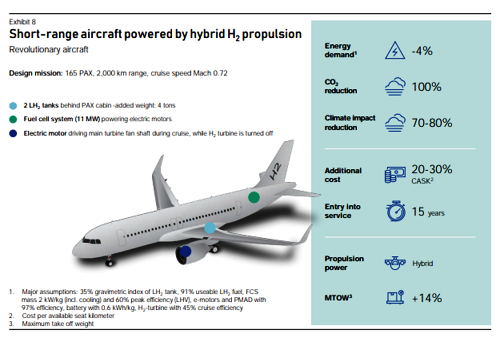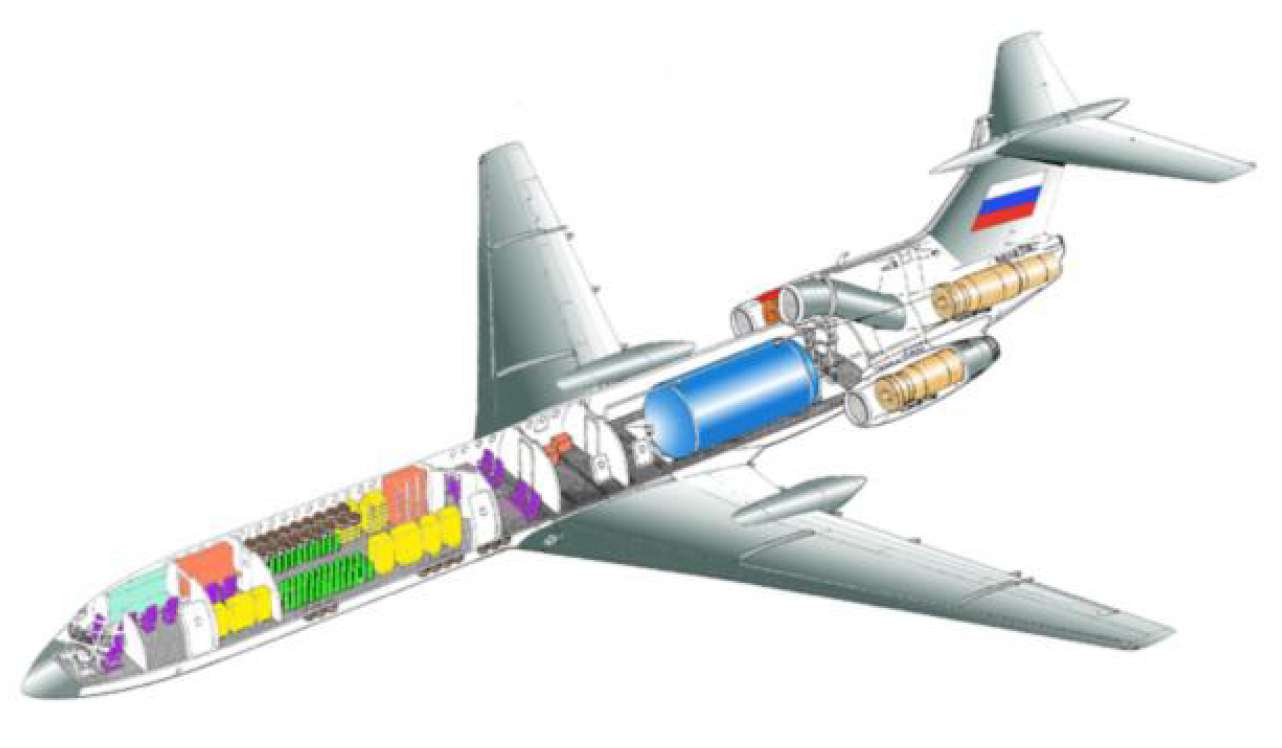Leeham News and Analysis
There's more to real news than a news release.
Bjorn’s Corner: Do I get COVID in airline cabins? Part 13. DOD tests confirm OEM results.
October 15, 2020, ©. Leeham News: Yesterday the USTRANSCOM and its US Air Force Air Mobility Command (AMC) published the results of extensive airliner COVID infection risk tests. The tests, which were made to check the risks for DOD personnel using commercial flights, were made on United 777-200 and 767-300 aircraft in cooperation with United.
The tests checked aerosol dispersion of the virus in the cabins for both simulated flights and real flights. The result was you need to sit next to an infectious person for 54 hours to inhale a viral load that could make you sick (worst case).
Bjorn’s Corner: Do I get COVID in airline cabins? Part 12. New results.
October 9, 2020, ©. Leeham News: We interrupt our series about hydrogen as an energy store for airliners to go back to our previous theme for a Friday or two: Do I get COVID in airline cabins?
IATA, Airbus, Boeing, and Embraer did a joint presentation yesterday about their latest knowledge about COVID and flying, and with the Pandemic entering the second wave in many countries it’s a timely subject.
Bjorn’s Corner: The challenges of Hydrogen. Part 11. Emissions
October 2, 2020, ©. Leeham News: In our series on Hydrogen as an energy store for airliners we look deeper at the emissions from a hydrogen airliner and compare it to the emissions from today’s carbon fueled aircraft.
Bjorn’s Corner: The challenges of Hydrogen. Part 10. Airbus’ Hydrogen ZEROe concepts
September 25, 2020, ©. Leeham News: In our series on Hydrogen as an energy store for airliners, we look at the three hydrogen-based concept aircraft Airbus presented this week.
They are called ZEROe and are concepts and not products, but their design tells us a lot about where Airbus is with its studies and how the hydrogen demonstrator aircraft might look like come 2026-2028.
Bjorn’s Corner: The challenges of Hydrogen. Part 9. Hydrogen Gas Turbines
September 18, 2020, ©. Leeham News: In our series on hydrogen as an energy store for airliners we analyze the conversion of the present Turbofan and Turboprop airliner engines to hydrogen as fuel instead of carbon-based fuels.
We know it’s possible as the world’s first jet engine from 1937 ran on hydrogen, Figure 1. But what are the problems and how good are the hydrogen-fueled engines in efficiency and emissions?
Bjorn’s Corner: The challenges of Hydrogen. Part 8. Fuel cell electric or Turbofan propulsion?
September 11, 2020, ©. Leeham News: In our series on Hydrogen as an energy store for airliners we look at whether we use an LH2 burning Turbofan as propulsion or as the EU study proposed, a Parallel Hybrid feed by a fuel cell, Figure 1.
Bjorn’s Corner: The challenges of Hydrogen. Part 7. The fuel system.
September 4, 2020, ©. Leeham News: In our series on Hydrogen as an energy store for airliners we look at the rest of the fuel system after we looked at the hydrogen tanks over the last weeks.
The cryogenic state of the liquid hydrogen (cryogenic=very low temperatures, -253°C) creates some new challenges when designing the fuel system.
Bjorn’s Corner: The challenges of Hydrogen. Part 6. Tank placement.
August 28, 2020, ©. Leeham News: In our series on Hydrogen as an energy store for airliners we look at the challenge of placing the hydrogen tanks efficiently.
Different from carbon fuels, liquid hydrogen needs specially shaped and bulky tanks. It can’t be stored in the wingbox as today’s Jet-A1.
Bjorn’s Corner: The challenges of Hydrogen. Part 5. The Hydrogen tank.
August 21, 2020, ©. Leeham News: In our series on hydrogen as an energy store for airliners we start the design discussion of a hydrogen-fueled airliner by understanding the onboard storage of hydrogen better.
While there is present knowledge from for instance the space launcher industry, the storage demands for launchers are hours rather than days. Several implementations of longer storage aeronautical tanks have been done, among others by NASA/Boeing for high flying UAVs.
Airbus and the Russian aircraft industry were also active with research during the 1990s and Tupolev built a test aircraft that included a complete hydrogen fuel system (Figure 1).
Bjorn’s Corner: The challenges of Hydrogen. Part 4. Hydrogen safety.
August 14, 2020, ©. Leeham News: In our series on hydrogen as an energy store for airliners we are closing in on the design problems for a hydrogen-fueled airliner.
One of the aspects we must understand before discussion aircraft solutions are the safety aspects of hydrogen as a fuel in aircraft. Another is the requirements for the storage of liquid hydrogen, LH2.









